
Analysis
The Gray Market: Why High Rents Make the Art World Boring (and Other Insights)
This week, our columnist explores how gentrification and soaring real estate prices are pushing risky and experimental art aside.
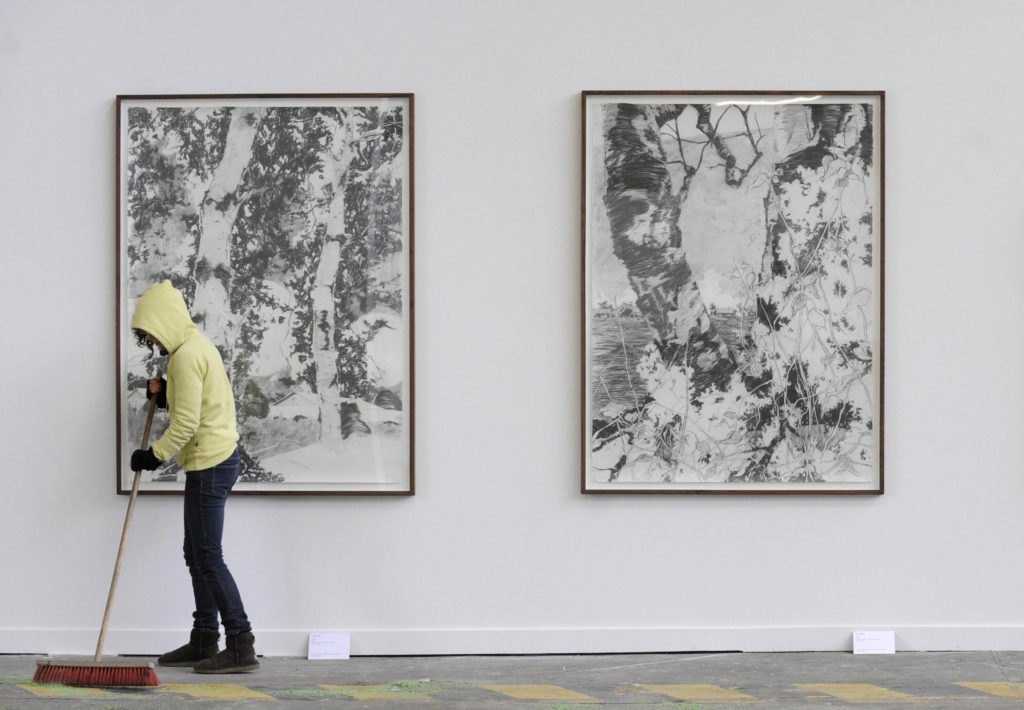
Every Monday morning, artnet News brings you The Gray Market. The column decodes important stories from the previous week—and offers unparalleled insight into the inner workings of the art industry in the process.
This week, folding much of what I read, watched, and heard into a single serving…
On Tuesday, we learned that the city of Berlin struck a deal to sell the Uferhallen studio complex to an as-yet-to-be-identified group of private investors for €30 million, or just over $35 million. The sale casts the future into question for about 50 artists’ studios, including those of Monica Bonvicini, John Bock, and Katharina Grosse.
To the surprise of absolutely no one, Realace, the developers selected to lead the Uferhallen into its next architectural life, publicly pledged (in Berliner Zeitung) that current tenants have nothing to fear. Or at least, that’s what my colleague Henri Neuendorf reports. Despite my last name, the only German I’m fluent in is extreme self-discipline.
Yet many, if not most, of the artists renting spaces in the complex remain skeptical that this alleged olive branch isn’t actually a twig of poison sumac—and with good reason. Simply put, we’ve seen this show before.
To cite just one other example from the near past, Aaron Short of Hyperallergic recently reported that some residents of Williamsburg studio complex 475 Kent Avenue were served eviction letters over Memorial Day weekend, only about three months after the property was acquired by a group of Israeli investors for $56 million.
In fairness, 475 Kent’s new owners seem to have made no promises about continued tenancy for longtime residents. But with or without pacifying words, the history of urban development has been written in the liquefied remains of displaced tenants.
Artists and gallerists alike know this fact intimately. So it’s not hard to understand why the Uferhallen’s creative community might regard Realace’s promises of “long-term investment” and “cautious development without a hurry” as being about as reassuring as a promise of discretion from a stranger with a face tattoo.
In Short’s piece, recently evicted 475 Kent tenant David Alan Harvey, a full member of Magnum Photos since 1997, asked a question of his own discipline that increasingly applies to artists across media: “Where do the struggling young photographers go? Don’t go to New York. The minute it becomes a rich person’s town it’s all over anyway.”
Yet, the truth of that statement depends on what you mean by the word “it.”
Led by NYC, the majority of the established art industry still revolves around a tight constellation of global cities where real estate was once largely cheap, available, and more than a little dangerous to occupy. As greater prosperity has taken hold in these places and nearly everywhere else, however—roughly 1.1 billion people around the world left extreme poverty behind in the years between 1990 and 2013, per research by the World Bank—the art industry has largely settled into a pattern of what I’ll call inward mobility.
Inward mobility means that ambitious artists, galleries, and other ambitious players may move between neighborhoods in established arts capitals due to rising rents, or migrate from one of those select metropolises to another for marginal improvements in quality of life.
But it’s unthinkable that some new consortium of cities will someday displace the triumvirate of New York, London, and Los Angeles, as well as a second tier including Berlin, Paris, Hong Kong, and a handful of others, as the true hubs of the industry. By 2017, too much arts infrastructure has been built up in these places for the market-makers (on both sides of every sale) to opt out.
Nor is it just about arts infrastructure specifically. The art market has become increasingly indistinguishable from the luxury-retail market during my lifetime, and it’s not exactly a revelation to note that this same period has seen acquisition prices spike harder than an Olympic volleyball medalist.
This means, of course, that a different level of wealth charts the art industry’s course today than in generations past. As evidenced in a recent report by Artsy, out are the doctors and taxi-fleet barons; in are the financiers and CEOs. Although we’re minting more financial elites than ever—the population of global millionaires rose 155 percent between 2001 and 2017, according to the Credit Suisse Research Institute—this stratum is pulling further and further away from the rest of the citizenry every day.
With this shift come consequences that reverberate beyond the elites themselves. A few eccentrics aside, the richer people get, the more comfortable they want their homes, businesses, and lives to be.
But what happens when the big money largely bases those homes, businesses, and lives in the same few places?
In his latest book, “The Complacent Class: The Self-Defeating Quest for the American Dream,” economist Tyler Cowen argues that our desire for comfort has undermined a central pillar of what once made the US admirable. In an interview with NPR’s Rachel Martin, he summed up the thesis as follows:
“We’re making decisions that are rational and even pleasurable from an individual point of view, but when everyone in society behaves this way—to cement in their own security, their own mobility—social mobility as a whole goes down, inequality goes up, many measures of segregation go up…And ultimately a bill for this comes due.”
To me, it doesn’t take a Mark Lombardi conspiracy graph to connect this idea back to the Uferhallen—already partially rented out to Adidas, two years before the sale—and the soon-to-be-refurbished premises of 475 Kent.
Art follows money, as the old adage goes. When much of the money influencing the industry concentrates in just a handful of cities, however, it ratchets up the tension for every striver hoping to one day be at (or at least near) the center of the conversation.
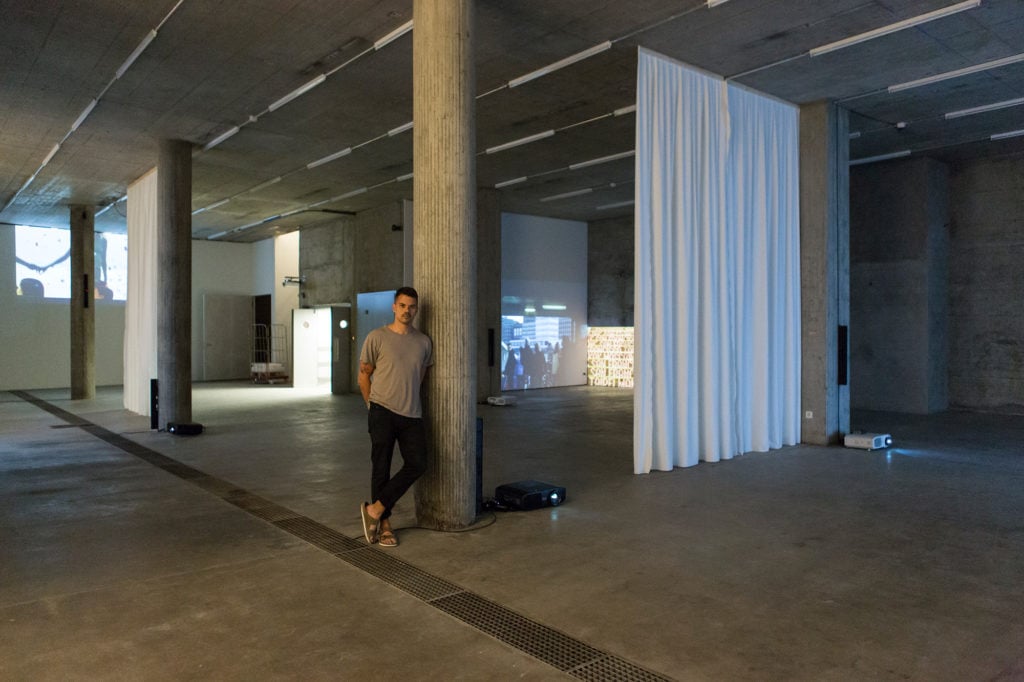
Jean-Claude Freymond-Guth inside his subterranean gallery in Basel. Photo by Nils Fisch, courtesy the gallery.
All of which leads us to another discouraging development from this past week: the back-to-back closure announcements from Zürich’s nine-year-old Freymond-Guth Fine Arts and London’s twelve-year-old Laura Bartlett Gallery. Both spaces were regarded as adventurous destinations among some of the church of contemporary art’s true believers. The problem is that, in the 21st century, adventurous art is by definition risky art—and therefore relatively inexpensive art.
Property follows the same principles. And when your industry of choice compels you to occupy expensive property for the hope of career success, inexpensive/risky/adventurous art is no way to consistently pay the rent.
In an interview from a few years back, David Simon, best known as co-creator of HBO’s revered series “The Wire,” recounted a script meeting with an unnamed TV executive who asked for a particular scene to be changed because it made her uncomfortable. Yet her discomfort didn’t stem from any subject matter that could get someone fired or incite a viewer backlash.
Instead, it stemmed from tension between the characters.
In other words, the executive was uncomfortable because the tension made the scene dramatic. But when Simon pointed this out to her, she allegedly asked a question whose inherent contradictions should be obvious to anyone who has ever watched a movie, series, or play: “Can we have the drama… WITHOUT the tension?”
The moral of this story? The complacent desire for comfort can affect any art form. And if it’s obeyed, the results normally aren’t positive.
Which seems like a particularly valuable idea to remember given our current place on the calendar. The fall gallery season—in theory, the time when every seller will bring out their best and brightest exhibitions—kicks off this week. Incidentally, so does Simon’s new HBO series, “The Deuce,” which centers on the sex industry in and around Times Square in the 1970s—before New York, in the estimation of Queens rapper Meyhem Lauren [NSFW], “turned into a bike lane.”
Both of these events will be lavishly produced and aggressively marketed based on the economics of their industries. But for the same reason, when it comes to the intrigue the works themselves will produce, I’m decidedly more hopeful for one than the other.
That’s all for this edition. Til next time, remember: Risk and reward don’t always go hand in hand.
Follow artnet News on Facebook.
SHARE

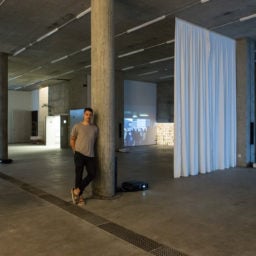
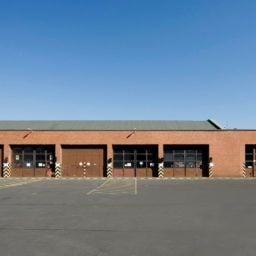
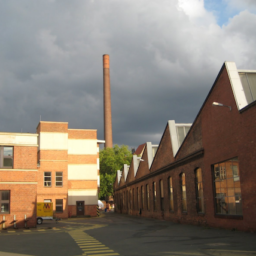
No comments:
Post a Comment